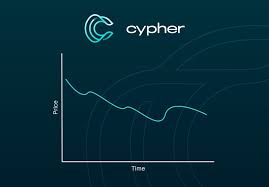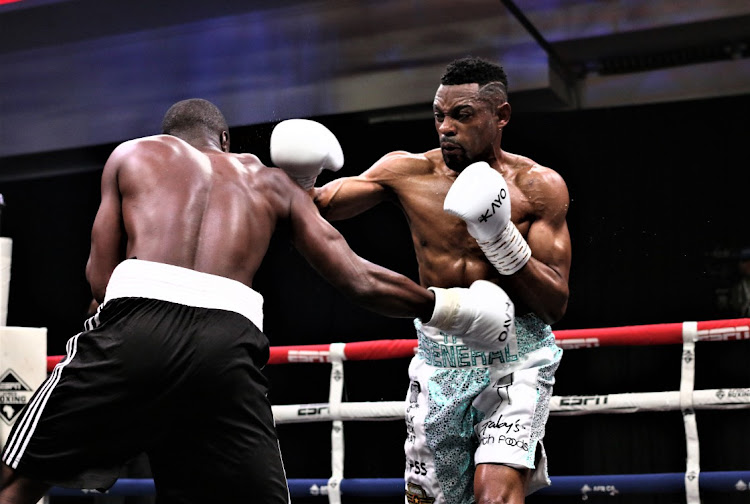Introduction:
A haircut is more than just a routine grooming task; it’s a transformative experience that can significantly impact one’s appearance and self-confidence. Whether it’s a subtle trim or a bold style change, the art of cutting hair involves a blend of creativity, mantetain.in, and a deep understanding of individual preferences. In this article, we’ll explore the fascinating world of haircuts, delving into the history, the psychology behind the shears, and the evolving trends that shape our crowning glory.
The Historical Evolution of Haircuts:
Haircutting has a rich history that dates back thousands of years. Ancient Egyptians, Greeks, and Romans engaged in hair grooming rituals, using tools like razors and bronze scissors. In medieval times, hairstyles often symbolized social status, with elaborate coiffures worn by the aristocracy. The Renaissance era saw a return to simpler, more natural styles, setting the stage for the diverse range of haircuts we have today.
The Psychology of Haircuts:
Beyond the physical act of cutting hair, the psychological impact of a haircut is profound. Many people experience a boost in confidence and a sense of renewal after a visit to the salon. Psychologists suggest that this phenomenon is linked to the symbolic shedding of the old and embracing the new. A fresh haircut can be a form of self-expression, allowing individuals to communicate aspects of their personality and identity through their chosen style.
The Science of Hair and Cutting Techniques:
Understanding the science of hair is crucial for hairstylists to achieve optimal results. Hair is composed of a protein called keratin, and its structure varies depending on factors like ethnicity and genetics. Haircuts are designed to enhance facial features, suit individual lifestyles, and work with the natural texture of the hair. Professional hairstylists are trained in a variety of cutting techniques, including layering, texturizing, and precision cutting, to achieve the desired look.
Trends in Haircuts:
Haircut trends are ever-evolving, influenced by fashion, pop culture, and individual preferences. The bob, pixie cut, and shaggy layers are timeless classics that have stood the test of time. Meanwhile, modern trends often incorporate bold colors, asymmetry, and intricate detailing. Social media platforms like Instagram and Pinterest play a significant role in disseminating haircut inspiration, allowing individuals to discover and share their favorite styles.
The Impact of Cultural Diversity:
The world of haircuts is diverse, reflecting the myriad cultures and traditions across the globe. Different cultures have unique hairstyling practices that celebrate identity and heritage. From intricate braids in African cultures to the flowing locks of Indian women, hair serves as a canvas for cultural expression.
Conclusion:
The art and science of haircuts continue to captivate people worldwide, offering a dynamic and ever-changing landscape of styles and techniques. Beyond the aesthetic transformation, haircuts play a vital role in individual self-expression and cultural identity. Whether you opt for a classic look or embrace a cutting-edge trend, the journey to discovering the perfect haircut is a personal and empowering experience that transcends time and trends. So, the next time you find yourself in the stylist’s chair, relish the opportunity for a tresses transformation that goes beyond the surface and reflects the essence of who you are.



